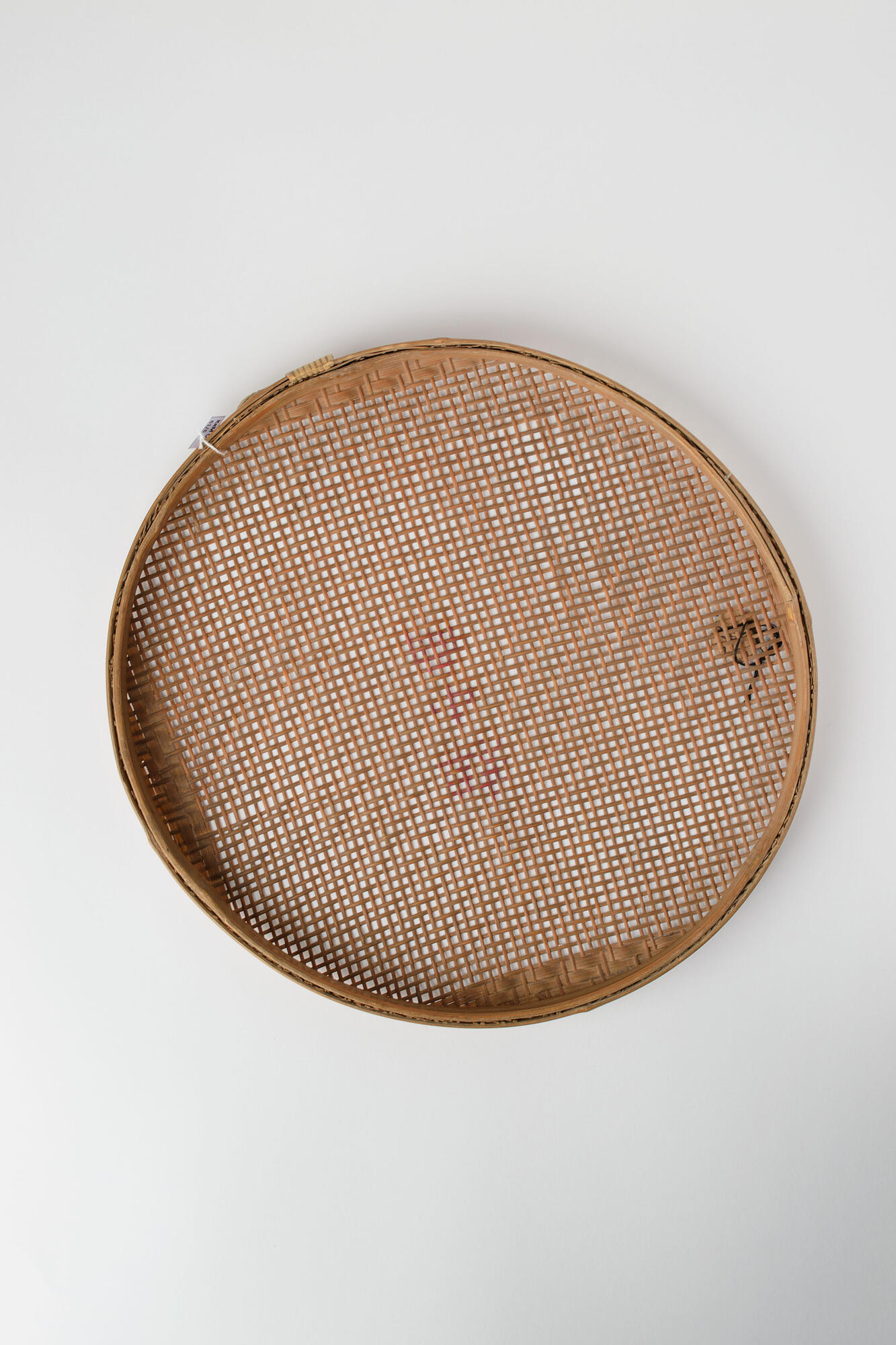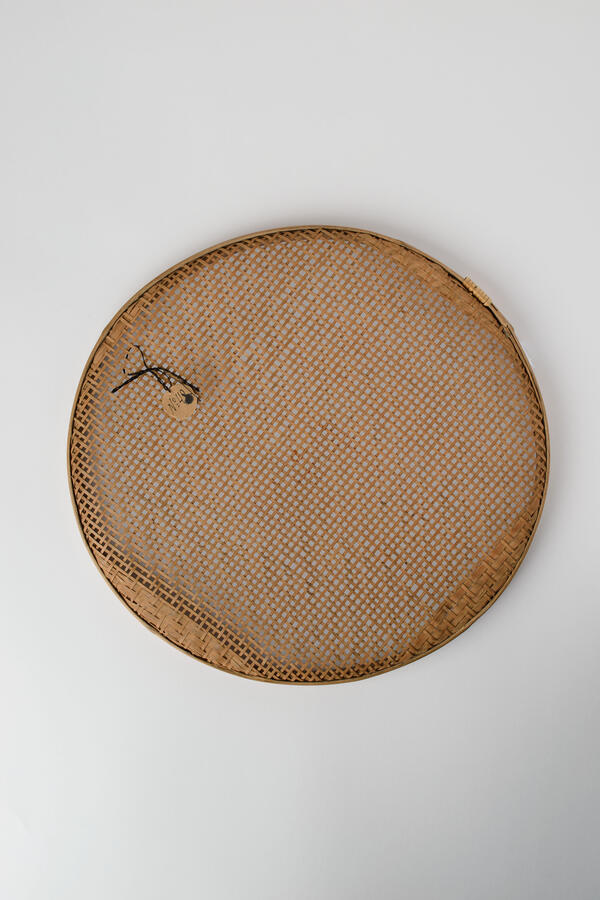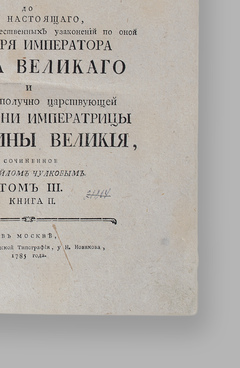More than four hundred species of bamboo grow in China, one-third of all known bamboo species in the world. China is home to the largest bamboo forests. Bamboo is a unique material with an unusual texture.
Because of its rapid growth, the stems do not accumulate harmful substances. The material has long been used for making various items that have a light golden, yellowish color. Bamboo products are nice to touch and comfortable to use. They are practical and inexpensive.
Bamboo has been present in various aspects of Chinese everyday life since ancient times. It has been used to make food, clothing, dwellings, transport, musical instruments, and even weapons. Until paper was invented during the Eastern Han Dynasty (25–220), strips of bamboo were used for making books.
Tea sieves were also made of bamboo due to the material’s resistance to tea oxidation processes. A bamboo tea sieve was a disk with a slightly concave base. A mesh was usually woven using cut strips of bamboo bark to form small openings.
Along the rim, bamboo strips were securely attached to an arc-shaped base to prevent delamination. Sieves with different mesh sizes were used for tea sifting and sorting. This process began after the leaves had been separated from dry branches. It was the second important step in tea sorting.
Sifting was used to remove tea dust. High-quality tea should contain no dust. It should be perfectly pure so that the drink is clear and does not contain tiny tea leaves. While a small amount of tea dust is acceptable in cheap teas, it should not be present in more expensive varieties.
The half-sphere sieves were hand-woven using bamboo
strips. The sifting process was rather simple. Tea was tossed in the sieve,
15–20 centimeters into the air. As a result, the tea dust would fall down. This
procedure was repeated 50–60 times.



